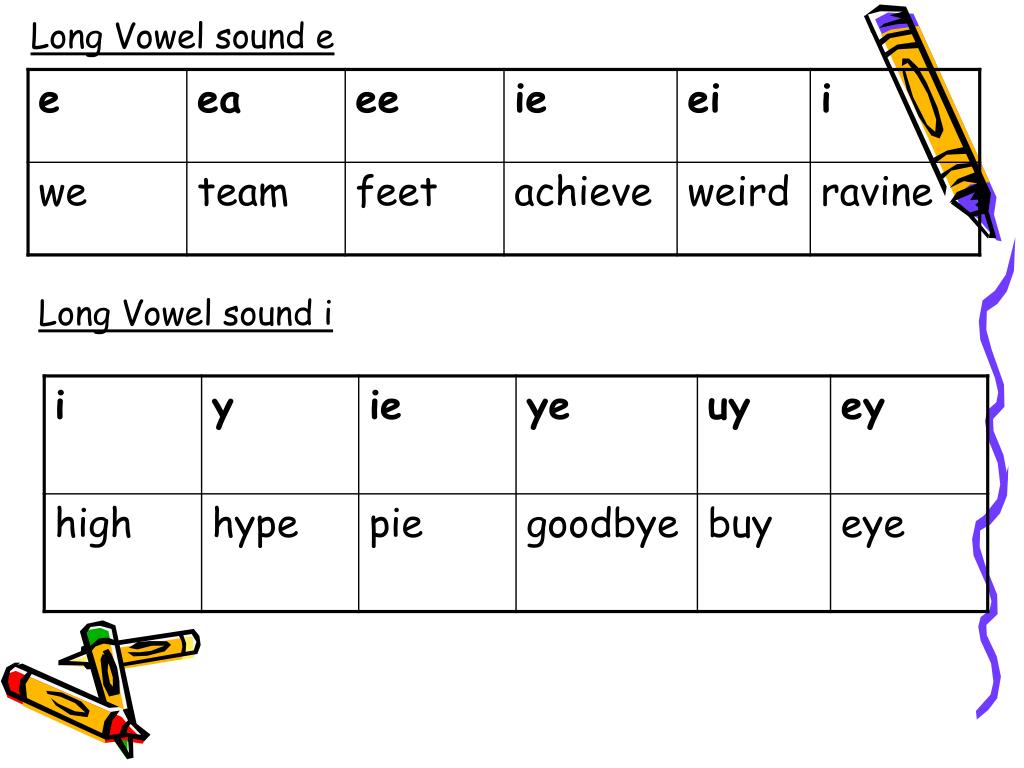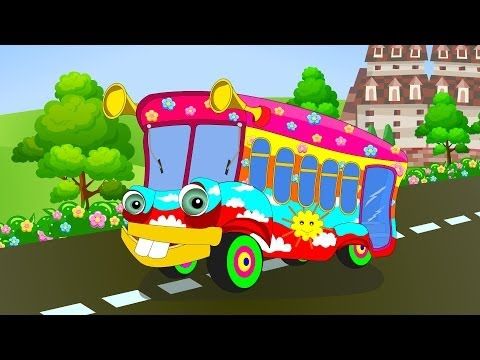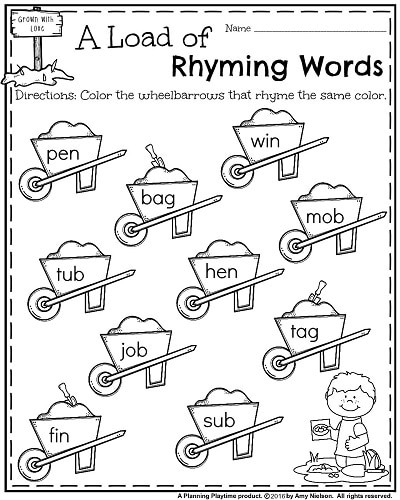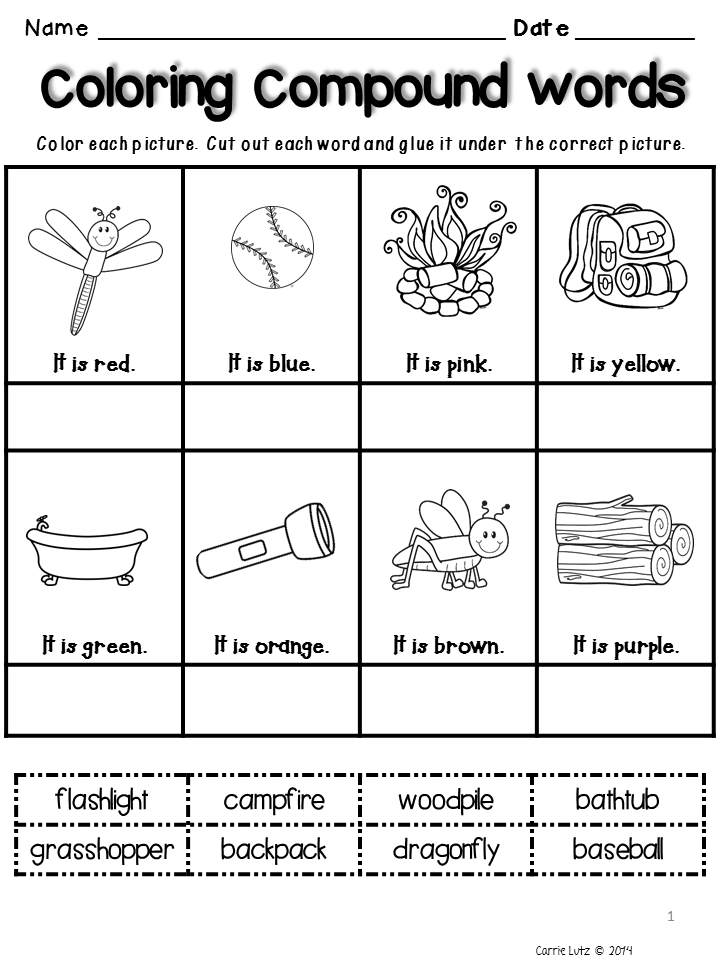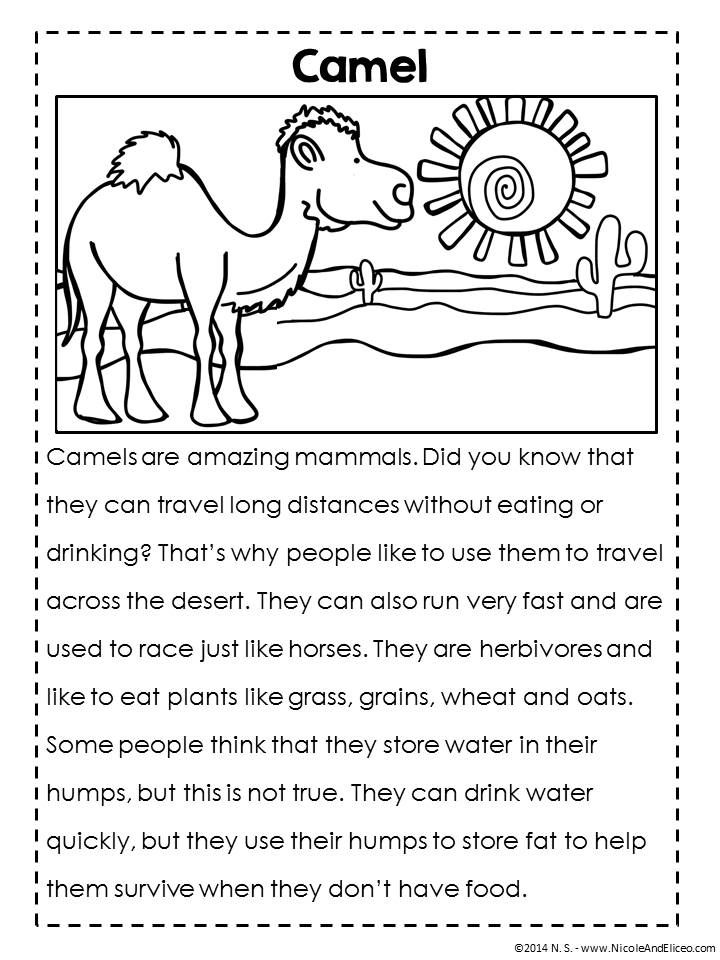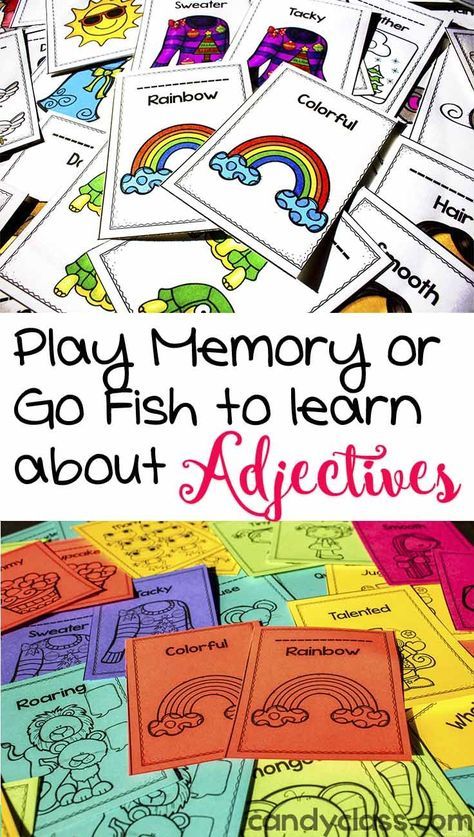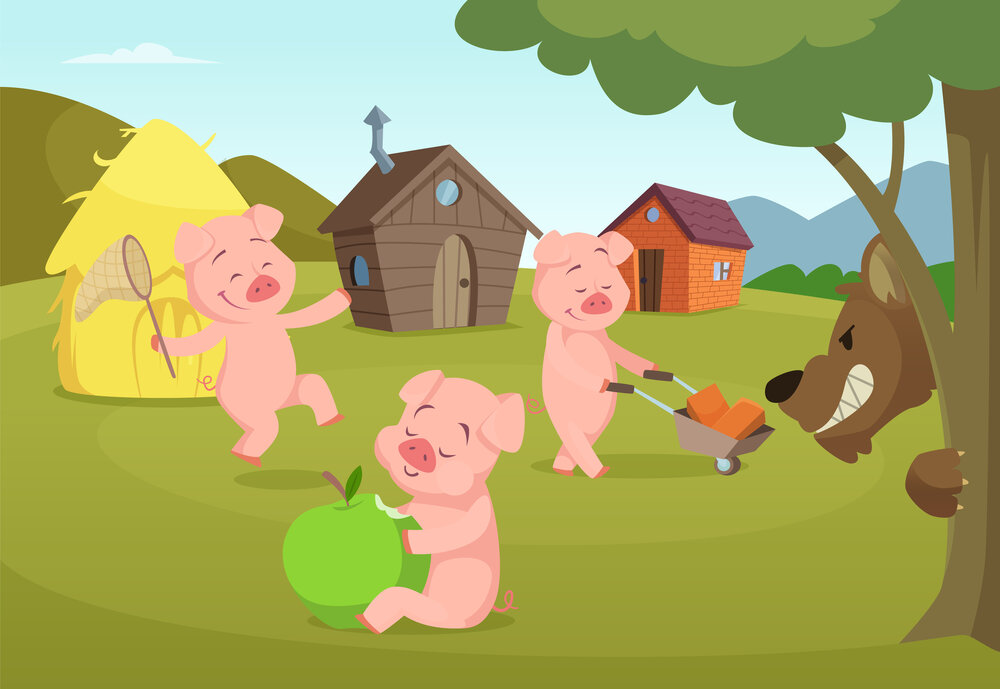Vowels sounds for kids
All About Short and Long Vowel Sounds for Preschoolers
Have you ever wondered or been asked by your child why ‘a’ in ‘cat’ and ‘cake’ sound different? Or why words like ‘cub’ and ‘cube’ are pronounced differently though their spellings are almost similar? Well, you are not alone!
The sounds of the letters of the English alphabet can vary quite a bit. In some cases, it can get tricky. Not all letters make the same sound in all words. Teaching preschoolers to read English can be challenging as the letters can make different sounds depending on how they are used. A case in point is the short and long vowel sounds for preschoolers. Read on to find out how your child can learn vowel sounds and recognize their differences.
Learning short and long vowel sounds- what are they?
Learning phonics sounds is getting to know all about all vowel and consonant sounds that make up the 26 letters of the English alphabet. Each of the 5 vowels (a, e, i, o, u) can make at least 2 sounds. For example, the vowel ‘a’ sounds different in ‘cat’ and ‘cake’. How we spell with vowels does not always determine the sound it makes.
Each vowel makes two sounds- a short sound and a long sound. In some cases, they can be silent too! When a vowel makes the sound of a particular letter, then it is a short sound. However, when the vowel sounds like the letter’s name, then it makes a long sound. The sound the vowel makes depends on its position in the word and the letters that surround it.
For example:- the ‘a’ in ‘fat’ and ‘e’ in ‘bed’ make short vowel sounds. While in ‘fate’ and ‘wheat’ they make the long vowel sounds.
So, based on where and the vowel is placed in a word, its length and sound can change. When teaching preschoolers to read, you must help them understand the rules for what sound the vowels make in different instances. Yes, short and long vowel sounds for kids can be confusing at times. However, regular practice with them to recognize the distinctions will help.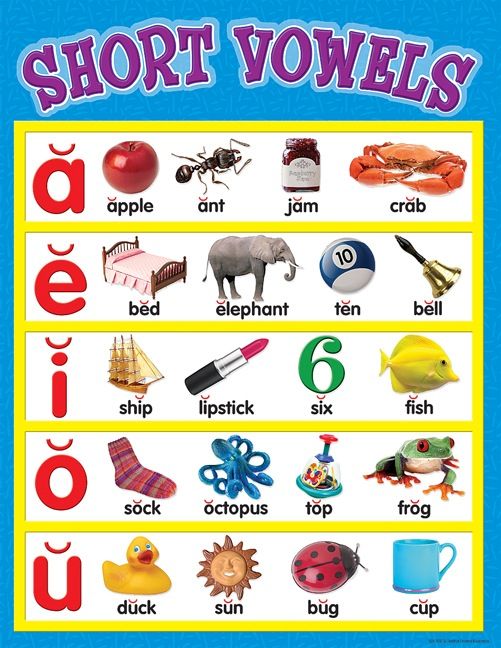
Rules to bear in mind while learning short and long vowel sounds
Here are some basic rules to help you introduce short and long vowel words for preschoolers. Do remember that rules have exceptions too.
Rule No.
Vowel Position
Vowel Sound
Examples
1.
When a word has only one vowel and ends with a consonant
Vowel makes a short sound
‘a’ in ‘jam’
‘e’ in ‘west’
‘o’ in ‘hot’
‘i’ in ‘fish’
‘u’ in ‘cup’
2.
When a word has two vowels separated by two or more letters
The first vowel makes a short sound
as in ‘apple’
as in ‘octopus’
as in ‘basket’
as in ‘elephant’
as in ‘umbrella’
3.
When a word ends with the letter ‘e’ (magic ‘e’/ silent ‘e’)
The first vowel makes a long sound
‘cap’ becomes ‘cape’
‘kit’ becomes ‘kite’
‘tub’ becomes ‘tube’
as in ‘game’
as in ‘time’
4.
When a word has two vowels walking together the first one does
the talking
The first vowel makes a long sound
The second vowel remains silent
as in ‘tie’
as in ‘boat’
as in ‘rain’
as in ‘value’
as in ‘feet’
Here's a long and short vowel sounds list: few more examples
Vowel
Short Vowel
Long Vowel
Aa
‘fat’, ‘map’, ‘hand’, ‘lamp’, ‘glass’
‘fate’, ‘pain’, ‘game’, ‘mail’, ‘whale’
Ee
‘egg’, ‘red’, ‘nest’, ‘bell’, ‘smell’
‘ear’, ‘sea’, ‘heal’, ‘weak’, ‘three’
Ii
‘pig’, ‘rib’, ‘fist’, ‘milk’, ‘swim’
‘hide’, ‘tile’, ‘lime’, ‘wipe’, ‘prize’
Oo
‘fox’, ‘hop’, ‘rod’, ‘drop’, ‘pond’
‘road’, ‘goat’, ‘bone’, ‘note’, ‘roast’
Uu
‘bud’, ‘gun’, ‘hug’, ‘dump’, ‘puff’
‘rule’, ‘true’, ‘dune’, ‘flute’, ‘fruit
Ways to teach short and long vowel soundsHere are some simple long and short vowel activities to introduce and practice the vowel sounds with your kids.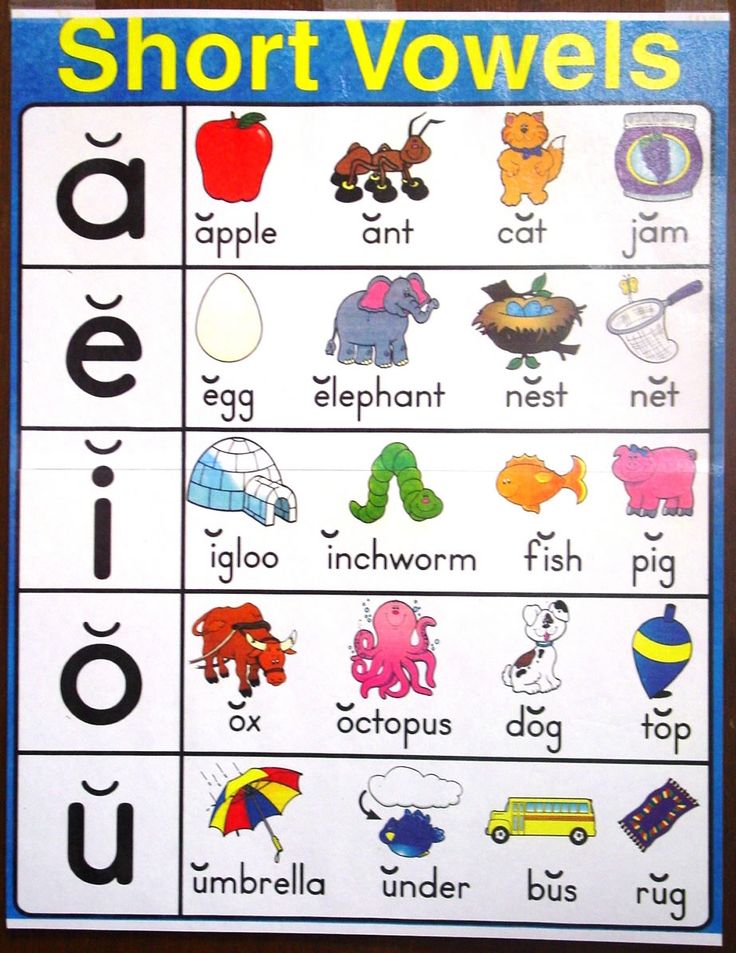
- Fun with Songs
Learning the different vowel sounds can be more fun with songs. They are one of the best ways to teach short and long vowel sounds, as their catchy rhythms can help kids learn vowel sounds and remember them easily. Check out Kutuki’s ‘Short and Long Vowel Song’ . This song is great for kids learning short and long vowel sounds.
For more such fun and engaging songs, download the Kutuki kids learning app now!
- Use hand motions or movements
Use simple gestures for every vowel. This can help kids associate the vowels with the motions and the sound they are making. In addition to working on their muscle memory, the kinesthetic activity makes learning more engaging for kids. For instance, have your child bend their knees when they hear a short vowel sound. For a long vowel sound, ask them to jump up and clap.
- Mark the vowels
It is useful to place a mark on top of the vowels.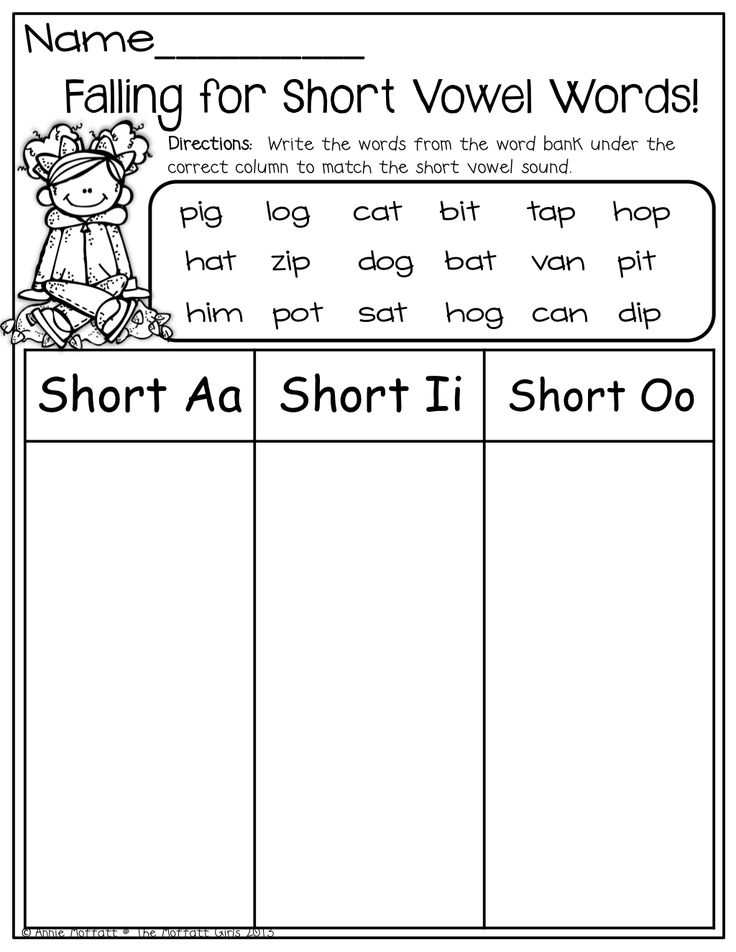 It indicates the vowel sound to be used. For instance, a short vowel sound is indicated by a curved symbol above the vowel-like ‘ă’ in ‘măn’. While a long vowel sound is represented by a small horizontal line above it, like ‘ā’ in ‘māin’. Such symbols will reinforce your kid’s ability to recognize and use the appropriate vowel sound effectively.
It indicates the vowel sound to be used. For instance, a short vowel sound is indicated by a curved symbol above the vowel-like ‘ă’ in ‘măn’. While a long vowel sound is represented by a small horizontal line above it, like ‘ā’ in ‘māin’. Such symbols will reinforce your kid’s ability to recognize and use the appropriate vowel sound effectively.
- Create Practice Sheets
Have your child practice the short and long vowel sounds using activity sheets. These help kids recognize, understand, and distinguish words with a long vowel sound from those with a short vowel sound.
Please Note: These worksheets are subject to copyright. They are exclusively available only for students enrolled in Kutuki’s Phonics Program.
Kutuki’s Live Phonics Program has an extensive collection of such worksheets. For instance, one such activity has kids circle given pictures that match the vowel sound. While another, have them add magic ‘e’ to the given word and match the word with the right image.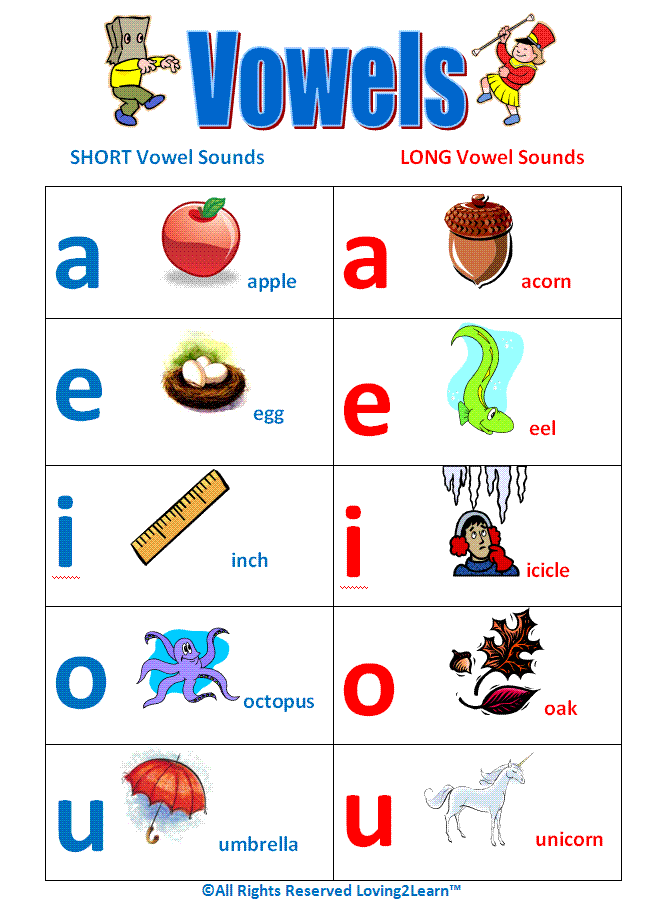
These are just a few activities to help you get started with short and long vowel sounds for preschoolers. If your child is struggling to learn vowel sounds, do not stress or overwhelm the child about it. Remember, every child learns at their own pace!
If you are looking for expert guidance on phonics for your child, enroll in Kutuki’s Live Phonics Program today. 1000s of students have become active readers. Your child could too! The Kutuki kids learning app offers interactive stories, engaging rhymes, and games with attractive animations and illustrations to meet the learning needs of preschoolers
7 Creative Ways to Teach Long Vowel Sounds for Children – Parrot
If you’ve ever taught children how to speak English, you’ll notice that they tend to have a harder time with vowels than consonants.
In particular, one of the toughest pronunciation points for children would be long vowel sounds. While short vowels are simpler and more intuitive, children often need guidance in saying long vowels properly, especially since these can have different spellings for each word.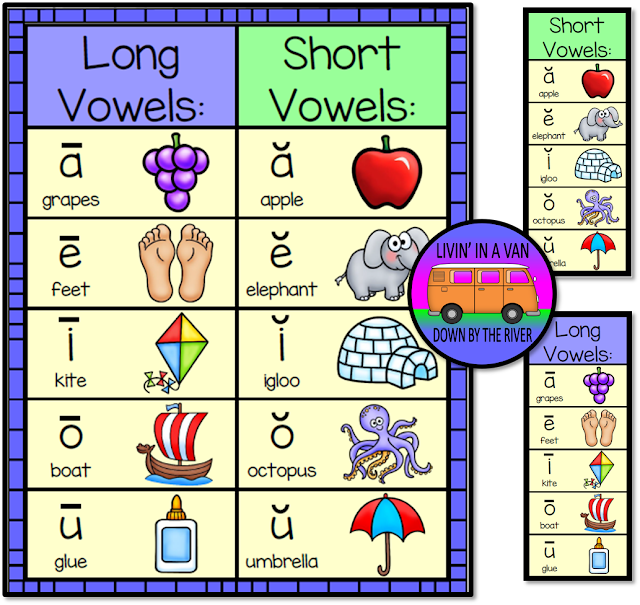
Long vowel sounds are also a major milestone for children to become proficient with reading!
Still, with the right approach, you can get them excited about learning long vowel sounds as they move on to more complex words. Read on to find out about how you can teach long vowel sounds for children and support them in getting better at pronunciation! We’ve also included long vowel sounds activities that will get children more engaged in the lesson.
How to Approach Long Vowel Sounds for ChildrenWhether you’re teaching your own child or you’re handling a class of young English learners, here are three things to consider when it comes to long vowel sounds for children:
1. Check if they’re readyBefore going straight into long vowel sounds, make sure first that kids are ready for it. Long vowel sounds are usually taught last, once kids are already familiar with consonants and short vowels. This is because long vowel sounds require two mouth movements (instead of only one for short vowel sounds). Spelling patterns for long vowel sounds can also involve short vowels and consonants, so children need to know about these first as building blocks.
Spelling patterns for long vowel sounds can also involve short vowels and consonants, so children need to know about these first as building blocks.
If children are already trying to spell simple three-letter words like “cat” and “ran,” then that’s a sign that they might be ready for long vowel sounds. For example, you can insert I into “ran” and explain that it’s pronounced as /reyn/ (“rain”) as a lead-in to the topic.
2. Introduce spelling patterns one at a timeSpelling patterns for long vowel sounds can be really challenging for children, so don’t move on to the next pattern until children have mastered the current one! You can tackle these spelling patterns in order:
- Vowel + Consonant + silent E -> face, tire, mole
- Vowel combinations (starting with EE, AI, AY, and OA) -> boat, play, bee
- Lone vowel -> island, open, acorn
This way, you’ll be prioritizing the most important spelling patterns first.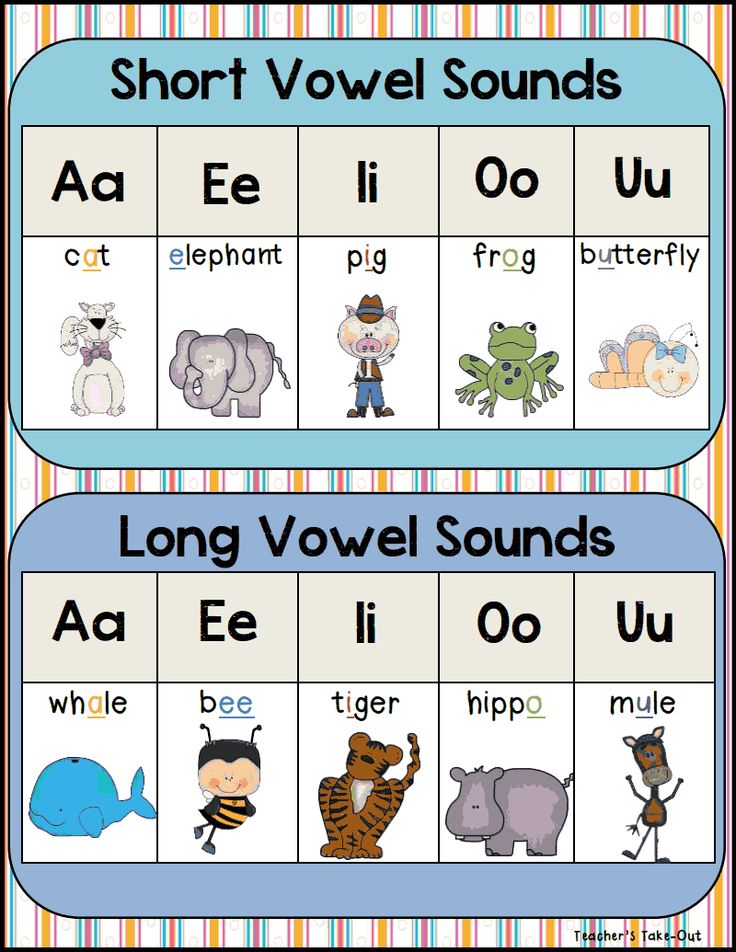 You can get more ideas about how to explain each spelling pattern with Creativa’s course on Mastering North American Pronunciation. It has an entire video episode that’s all about long vowel and short vowel sounds, complete with step-by-step instructions and examples that you can adapt for children.
You can get more ideas about how to explain each spelling pattern with Creativa’s course on Mastering North American Pronunciation. It has an entire video episode that’s all about long vowel and short vowel sounds, complete with step-by-step instructions and examples that you can adapt for children.
As a whole, the course delves into aspects of pronunciation that English learners can easily miss out on – and yet are necessary for speaking English clearly. Curious about it? Here’s a free video straight from the course.
3. Adjust to different learning stylesChildren have shorter attention spans, so to hold their interest, split your lesson up into diverse exercises that’ll keep them stimulated. Learning styles are also important to consider here. Visual learners will benefit from eye-catching presentation slides and vivid images of vocabulary words, while auditory learners will want to hear plenty of repetitions of long vowel sounds.
Kinesthetic learners can be easily left out in traditional lessons, so include exercises that involve moving around too or engaging their sense of touch! You can associate each long vowel sound with a hand gesture, or you might even get trays of sand for children to trace long vowel spellings on.
Activities are at the heart of teaching long vowel sounds to children. Developmentally, young children aren’t as adept at abstract thinking yet, so they need to be able to see the practical applications of grammar concepts along with concrete examples. These long vowel sounds activities will get children more involved in the lesson:
1. Listening with Hand GesturesSince detailing the exact mouth positioning for long vowel sounds can be tricky, you can help children grasp this better through hand gestures. Demonstrate a related hand gesture for each long vowel sound. For example, you can close the fingers of your hand together for the long U sound or make a stretching motion for long E.
Every time you pronounce the long vowel, make the hand gesture, then have children say the sound too with the hand gesture. If you want it to even be more physical, you can ask children to do larger motions instead such as clapping or kicking their foot.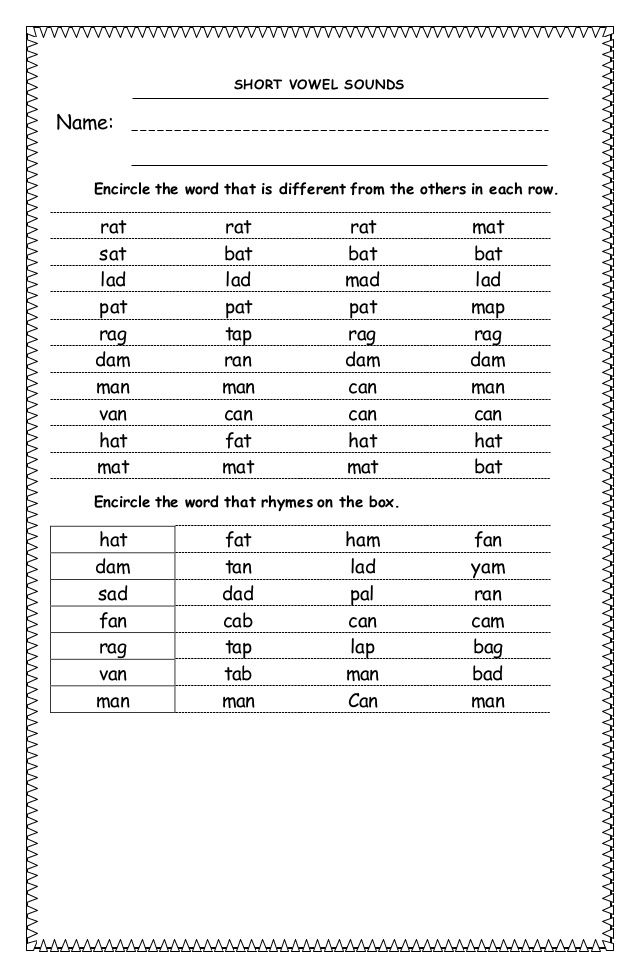
This activity is for when children are getting up to speed with spelling rules. As you go through a spelling rule, hand out a list of words to each child. The list should include a mixture of words with short and long vowel sounds related to the spelling rule. If you’re working with the AI spelling for long A, you could come up with words that contain both AI and A, such as raisin, apple, pail, and car.
Children can then highlight each long vowel word on their own with a crayon. Afterwards, go through the list and guide them in pronouncing the highlighted words with long vowels, contrasting these with the short vowel words.
3. Long Vowel StationsTry this activity if children are getting restless in their seats! Assign five different spots around the room for each of the long vowels and put markers on them to be clear. For example, the front of the room could be assigned as the long A spot, while near the door would be long O.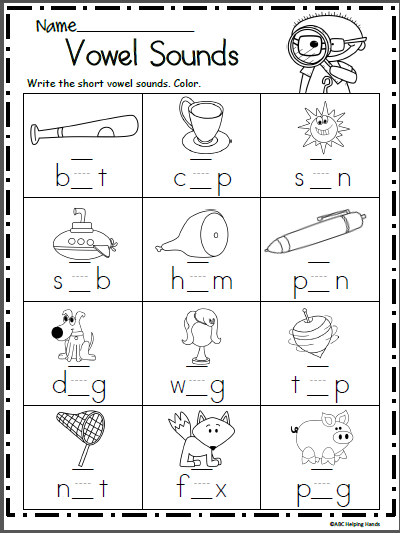
When you pronounce or write down a word with a long vowel, children have to go to the designated spot for that long vowel. Once the class as a whole gets the long vowel sound right, you can reward everyone with a treat. Alternatively, this can also be played as a contest – whoever chooses the correct long vowel advances to the next level.
4. Pass the MessageOnce children can pronounce long vowels in words, you can have them do a fun, well-rounded activity that will require their listening, speaking, and reading skills. Get everyone to form a line, then give a slip of paper containing a long vowel word to the last child in the line. The child will have to return the paper to you, then whisper the word to the next person in the line as the “message.” This continues until the “message” gets to the person at the front of the line, who will write down the word on the blackboard.
Since this activity relies on diverse skills, it’s expected that you might get tons of misspellings! To make it easier, you can cut out the spelling portion at the end and have the child at the front of the line whisper the message back to you.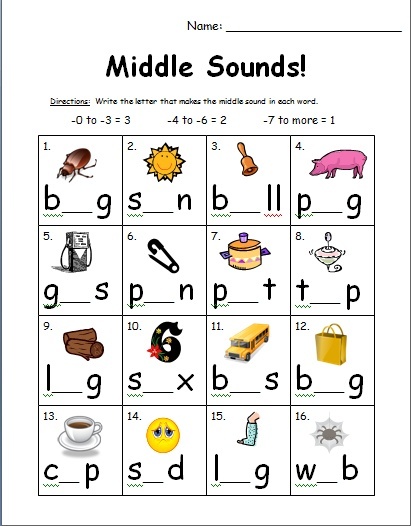
This is a friendly way to test spelling with children. Compile a list of words with long vowels, then prepare huge cards with the individual letters that make up the word. Say that your word is “cake” – you’d come up with four cards for each of the four letters.
For every long vowel word, choose students from the class and give them a card each with a letter. As you say the word out loud, children will have to arrange themselves so that they’re spelling the word with the card. For added difficulty, you can simply hand the cards over to them, then they have to figure the word out on their own.
6. I SpyInstead of simply getting children to come up with words with long vowel sounds, consider asking them to find objects around the room that have certain long vowel sounds. This can be done individually, but you can also assign partners so it won’t be too intimidating! For example, with long O, children can walk over to the window or simply point out their notebooks.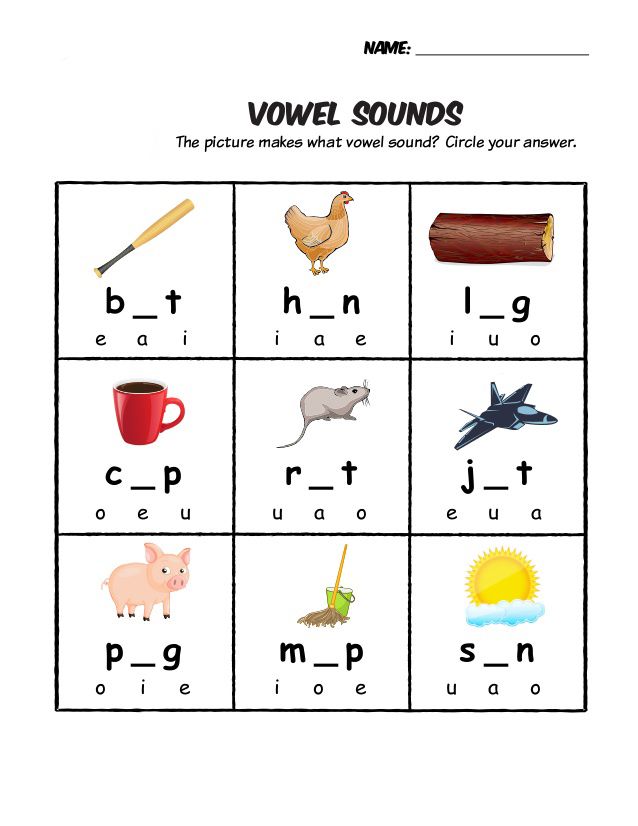
You can even model this after the “I Spy Game” by picking out a specific object and having students guess what you’re referring to. For example, you could say, “I spy an object with a long O vowel that’s red and pointy.” This encourages children to make connections between long vowels and everyday objects in their environment.
7. Image BankSorting words based on which long vowel sounds they have is a standard exercise, but you can make this more attention-catching for kids by using an image bank instead. Jot down long vowel vocabulary words that children are already familiar with and that are easy to visualize, such as “mice,” “unicorn,” and “orange.” Then prepare large images for these and sort these together as a class.
A variation of this can be helpful for differentiating between short and long vowel sounds. Come up with images for words that have nearly the same spelling but different short and long vowels. Some examples could be “rip” and “ripe,” “pan” and “pain,” and “tub” and “tube.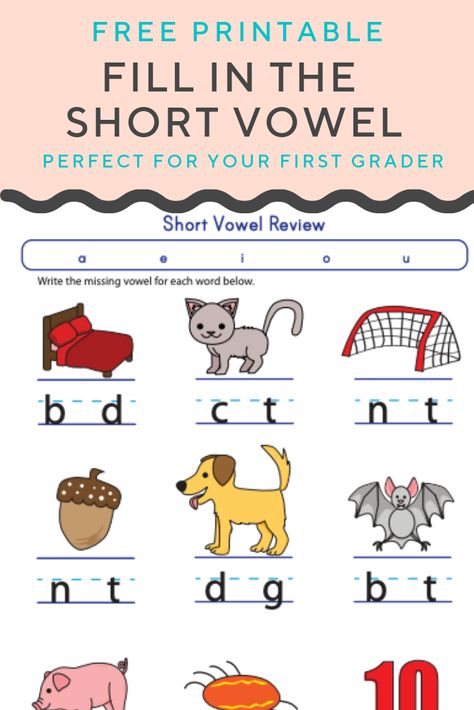 ”
”
Show the image for the short vowel word first to the class and have them say the word. Keep the image either on your board or presentation slide, then write down a plus sign next to it followed by the extra letter in the long vowel word. Finally, flash the image for the long vowel word. This does a good job of emphasizing that the addition of a single letter can change the pronunciation of vowels in a word.
ConclusionTeaching long vowel sounds to children can take some creativity since it’s a more advanced pronunciation topic compared to consonants and short vowels. Aside from going slowly and pairing each major concept with an activity, pay attention to each child’s learning style. Allow them to ask questions too since these can be very telling of where they might be getting confused!
How to learn vowels with a child: 10 letters in 5 lessons
Let's tell you how to learn 10 vowels quickly and easily in 5 lessons. If you strictly follow the melodic recommendations from this article, your child will know all the vowels in a month, he will not have problems learning to read.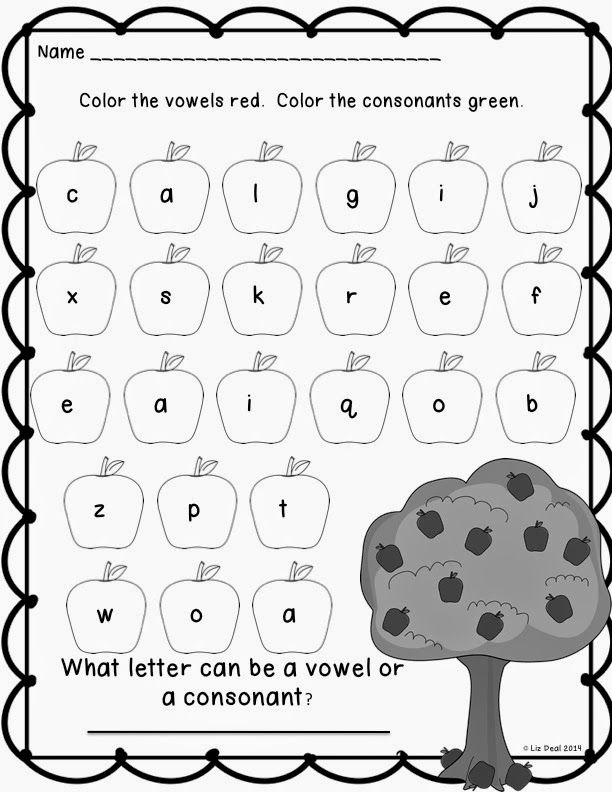
otvetprost.com
What you will need:
- Prepare 5 cards 12x10 cm. You can use cardboard or thick white paper. Write or print the letters 9 in red large bold type on them0003 A, O, U, S, E.
- Prepare 5 cards 9x10 cm. Write on them in blue font I, Yo, Yu, I, E .
- On the reverse side of the cards, write the letters by hand (for yourself, so as not to look at the front side when showing the letters to the child).
LESSON №1
At the first lesson you will need cards A, Z, O, Y .
1. Place the back of the cards facing you. Show the child the first card and say: “This is A ".
2. Then move the next card forward and say: "This is I am ".
3. "This is O ."
4. "This is Y ".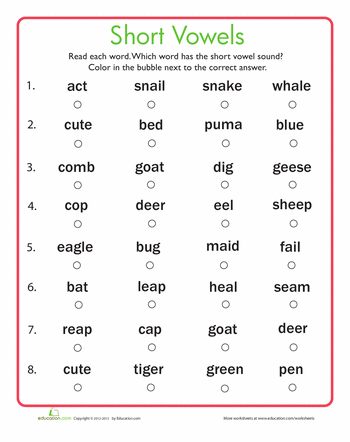
- Show each card for no more than 1 second.
Look not at the cards, but into the eyes of the child. Come up with a fun game to get your baby's attention.
- Do not ask the child to repeat them.
Your task is to quickly show all four letters and say them like a rhyme.
- Every day until the next lesson, show the child cards with these letters, call them in the exact order as indicated above.
- IMPORTANT! Hold the cards so that the child does not see the next letter.
- Over time, take a long pause after the word "This is...". Pronounce it interrogatively.
- The child should simply say "Ah!", "Oh!", without the word "it".
Such a game with cards will take you no more than a minute, you can repeat it several times a day (minimum 5). The main thing is to do it regularly, do not miss classes.
SESSION #2
- Repeat with the child A, Z, O, Y in that order.
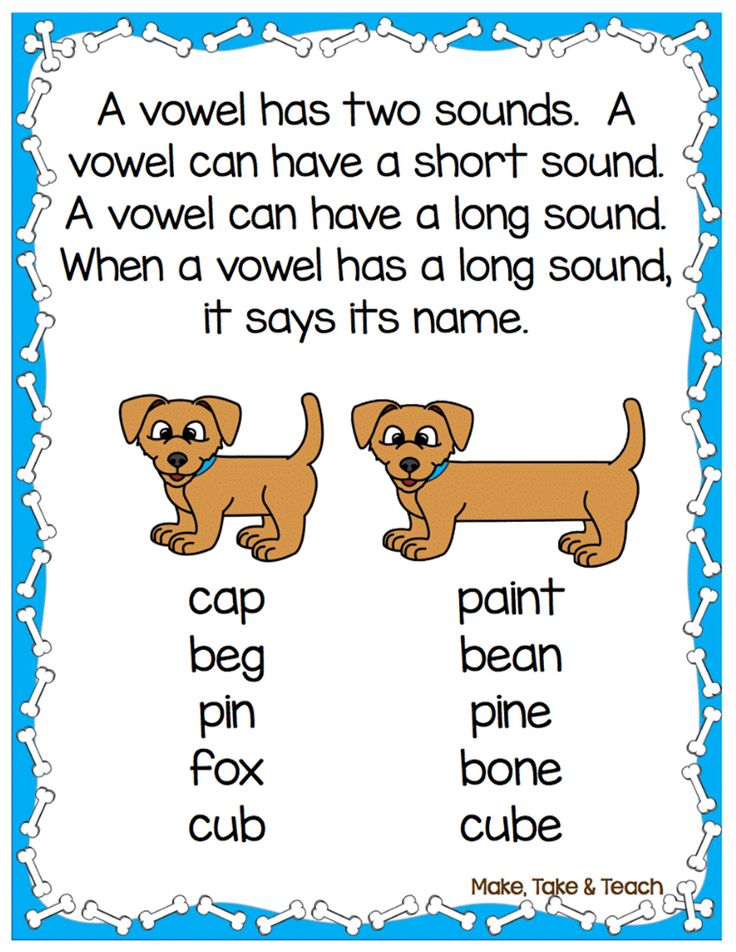
- Spread the cards in front of the child in pairs: 1 row - A - Z ; 2 row - O - Yo .
Reinforcement games and activities
Play games with these letters to help children remember them as a rhyme and individually.
"Wind". Red letters are big brothers, blue letters are little brothers. A strong wind came up and mixed all the brothers. Shuffle the letters, but make sure they are not upside down. The task of the child: to put the cards in pairs, calling out loud: A - next to I , O - next to E . First help, and then let him do it himself.
Hide and Seek. Put the red letters on top and cover them with the blue ones. The little brothers hid under the big brothers and changed places so that (child's name) would not find them. Guess which little brother hid under big brother O ? That's right, under O hid Yo ! And under A ? That's right, I'm !
"Hide and Seek".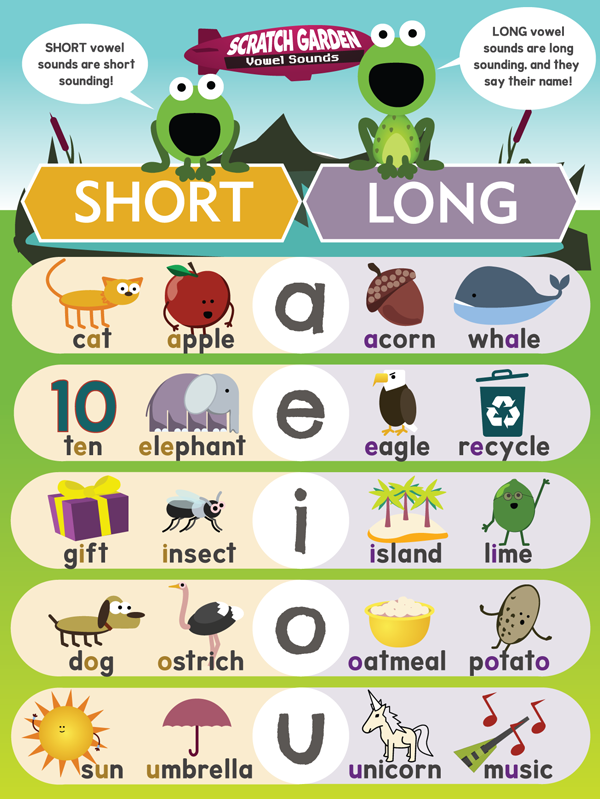 The same, but now the big brothers are hiding under the little ones.
The same, but now the big brothers are hiding under the little ones.
Crow. Put the letters in pairs in the correct order. Move both palms (to make it harder for the child to guess) over the cards with the words: "The crow flew, flew, flew, flew and ... ate the letter." Quickly cover one of the letters with your palm: “Which letter did the crow eat?” If the child does not respond quickly, remove your hand for a few seconds and let him peek. If even then he doesn’t say, tell me, for example: “Next to O . That's right, Yo !" Over time, the child will remember the location of the letters and will be able to guess them easily.
"Cards". Shuffle the cards. Take one and put it in front of the child: "What is this?" If he guessed right, he takes it, if not, the card remains with you. First, it is better to throw out cards in pairs: first O , then E , A - I , etc.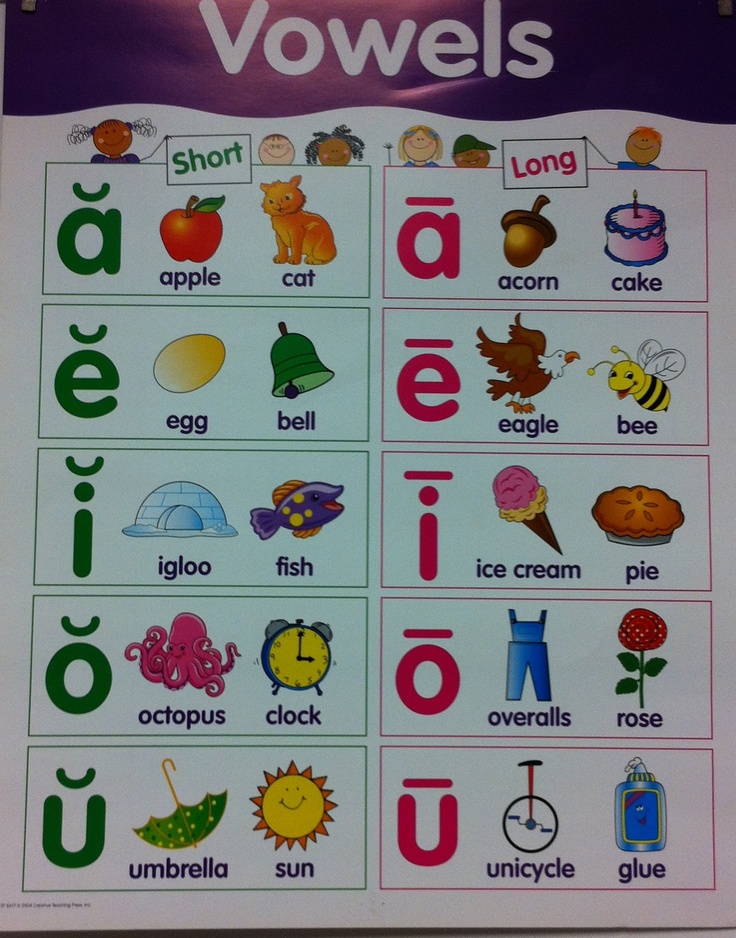 If you see that the child does not experience any difficulties and calls everything correctly, show in reverse order and at random.
If you see that the child does not experience any difficulties and calls everything correctly, show in reverse order and at random.
It is better to play these games once a day, unless the child asks for more. Stop the game while he still wants to play: “We’ll finish the game another time” so that the kid doesn’t get bored with your activities and looks forward to the next one.
Repeating the past and learning new: A - Z, O - E, U - Yu
After you have played five games with the first two pairs of letters, get the next pair of cards Y - Y.
In this lesson, show the child already three pairs of letters. Just like you showed him in the first lesson. The child will name familiar pairs himself, and you quickly call the last two you, without giving the child the opportunity to make a mistake. In two or three days of the show, which will take place before the next lesson, the child will remember a new rhyme:
“This is I ”
“This is O ”
“This is ё ”
“This is U ”
“This is Yu ”
Train a few days , show the child several times a day already these three pairs of vowels. IMPORTANT! In reinforcing games, continue to use only the first two pairs for now: A - Z, O - E, and no more than once a day.
IMPORTANT! In reinforcing games, continue to use only the first two pairs for now: A - Z, O - E, and no more than once a day.
SESSION №3
Games and exercises for consolidation
Place six cards in pairs on the table in front of the child, calling them out loud, in the order in which you showed them to him. Play the same games as described in lesson #2.
We repeat the past and learn new things: O - E, U - Yu, Y - I
Do not use the first pair of cards ( A - Z) . Now the cards are in a pile like this: O - E, U - Yu, Y - I. In all subsequent lessons, do the same so that the total number of letters is 6. The technique is the same: the child calls the familiar letters himself, the new ones - you.
Classes will take you about six minutes a day, but it's important not to miss a single one.
Do not forget that it is not time to play reinforcing games with a new couple.
LESSON #4
Reinforcement games and exercises
The number of vowels with which we play reinforcing games increases with each lesson: now five games need to be played with 8 letters.
We repeat what we have learned and learn something new: U - Yu, S - I, E - E
Remove 9 from the pile0003 A - I and O - E and add pair E - E . IMPORTANT! The letters E and E , which children often confuse, never “meet” when shown: when the letter E “came” in the fourth lesson, the letter E had already “left”.
Do exactly the same as in the previous lessons, adding a new pair. Don't play reinforcing games with her yet.
SESSION #5
Reinforcement games and activities
In this activity, play games with all ten vowels. You can do this for as long as you want until the child loses interest.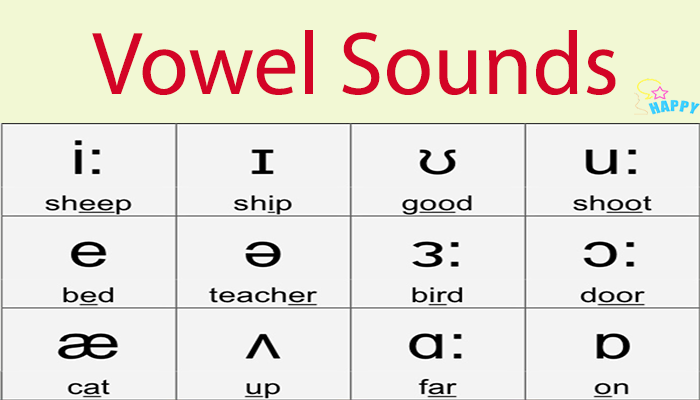 If you see that the child recognizes and names vowels quickly, does not make mistakes and does not think, move on to studying consonants and reading.
If you see that the child recognizes and names vowels quickly, does not make mistakes and does not think, move on to studying consonants and reading.
- Twice a week give new material, and repeat the rest of the day.
It is important that the classes are daily (regular). Less than 10 minutes a day is enough to see the result: the child will remember all 10 vowels, learn to pronounce them correctly and not be confused.
- Do not try to help your child remember a letter based on some external signs or associations.
"This is my mother's letter", " Yo with dots, and this is E without dots. By doing this, you only interfere and confuse! When reading, there will be problems recognizing letters: the baby will have to remember both mother O liu, and aunt Yu liu, and Yo zhika with dots ...
- The most important thing that children should learn when studying vowels is that that they can be sung.
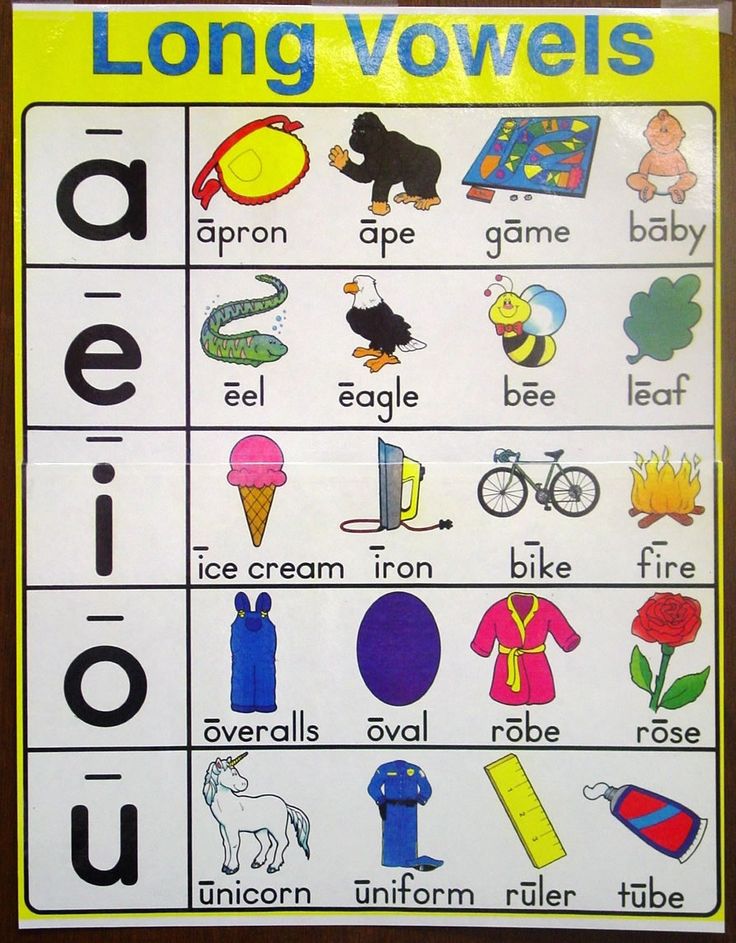
videouroki.net
How to explain vowels to a child? Vowel sounds are formed only with the help of voice. The air, when it passes through the throat and mouth, does not encounter obstacles, as is usually the case with the pronunciation of consonants. We can draw a vowel sound for as long as we have enough breath.
doschkolonok.blogspot.com.by
Tell your child that big red letters are big brothers, blue letters are little brothers. Both of them love to sing songs.
Big brothers sing in scary deep voices. Demonstrate how exactly: A, O, U, S, E. You can use the key of the scale: sol-fa-mi-re-do.
Little brothers sing in so-o-o-o-o little voices. Sing in a high voice: I, Yo, Yu, I, E (same melody, but one or two octaves higher). Singing, show the letters on the cards.
These songs will help children memorize vowels by ear.
- A very IMPORTANT point to pay attention to when teaching letters.
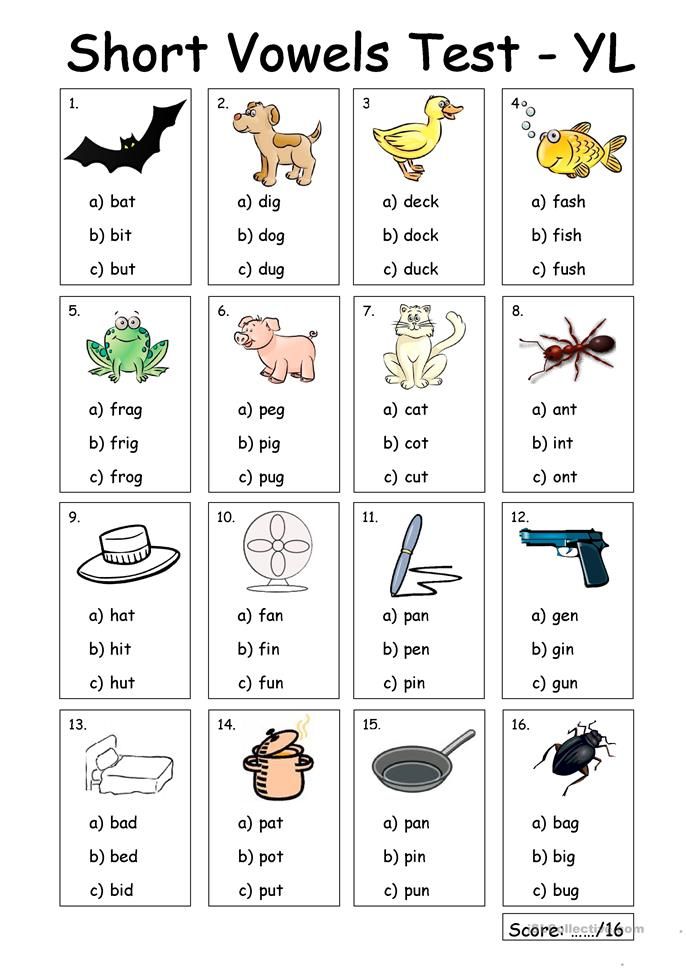 Show your child the vowels written in different fonts and colors.
Show your child the vowels written in different fonts and colors.
The kid must learn to recognize the letter in any shape and size.
- Learn a poem about vowels with your child:
Vowels stretch in a ringing song,
Can cry and scream
Learning vowels tasks for preschoolers 5-6 years old in a playful way
Learning to read begins with the study of letters and sounds. The kid learns them separately, and then begins to put them into syllables, and later into words. So that acquaintance with letters does not turn out to be too difficult for the baby, you need to organize it correctly. Let's find out how to quickly learn vowel sounds with your child.
How to start learning vowels
Many parents begin to teach their children the alphabet, looking at all the letters in a row, in alphabetical order. This is not the correct method. It is better to divide the letters into vowels and consonants and learn each group separately. This approach will greatly facilitate the child's task.
This approach will greatly facilitate the child's task.
Start with vowels. First, explain to your child the difference between vowels and consonants. Vowels are sounds that are pronounced by the voice. They are sonorous, from which you can sing, stretch your voice.
To show your child the difference between vowels and consonants, give him a mirror and ask him to pronounce different sounds. Let him see how the position of the mouth changes during the pronunciation of vowels and consonants. When pronouncing vowels, the mouth is freely open, the tongue lies and does not move, and the air freely leaves the throat. The pronunciation of consonants involves lips, tongue, teeth.
When the child learns to distinguish between these two groups of sounds, you can move on to a more detailed study of vowels.
Method of studying vowels
There are ten vowels in the Russian alphabet - A, O, U, Y, I, Y, E, Y, Y, E. To make it easier for a child to remember them, make them from cardboard (or buy ) cards with their image.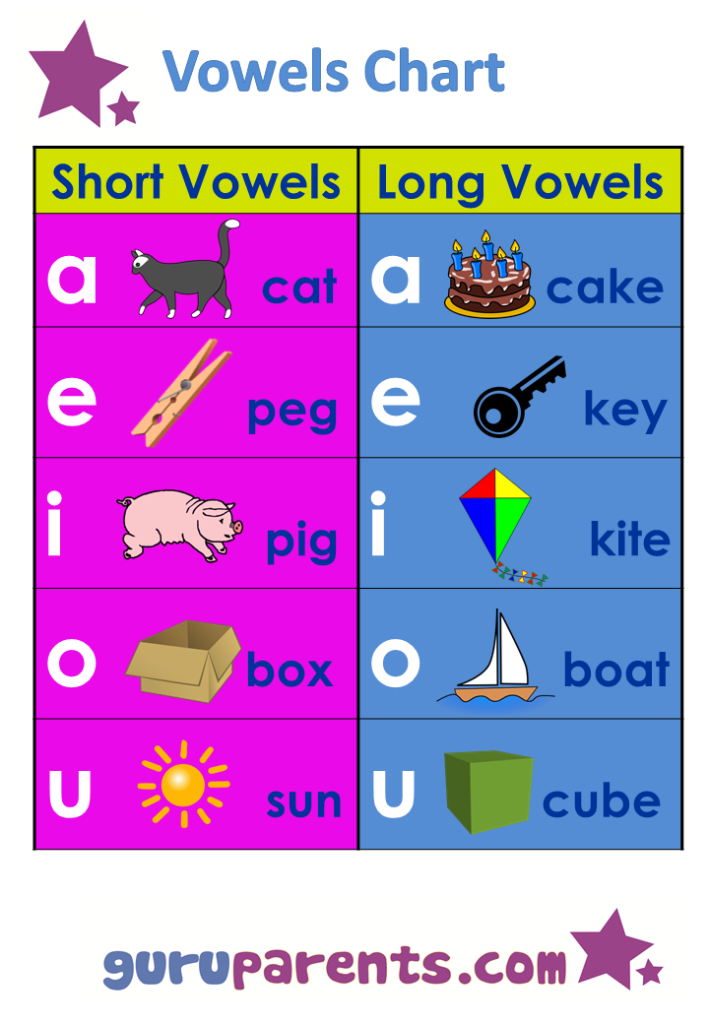
Letters A, O, U, Y, E write in one color, for example, red. And the letters I, Yo, Yu, I, E - in a different color, for example, blue. This is necessary so that the child learns to distinguish between "hard" and "soft" vowels.
Arrange the cards in pairs: A-Z, O-Yo, Y-Y, Y-I, E-E and show the child. Explain that paired sounds are similar to each other, only A, O, U, S, E are pronounced firmly and with a wide open mouth, and I, E, Yu, I, E have a soft sound and when they are pronounced, the lips stretch or fold into tubule.
Have the child practice making sounds in pairs by observing their facial expressions in a mirror.
Letter games
Children learn best through play. So turn the boring memorization of sounds into a fun game.
- Shuffle the cards and place them face up on the table. The task of the kid is to fold the cards with red and blue letters (A-Z, O-Yo, etc.) in pairs.
- Shuffle the cards like playing cards.
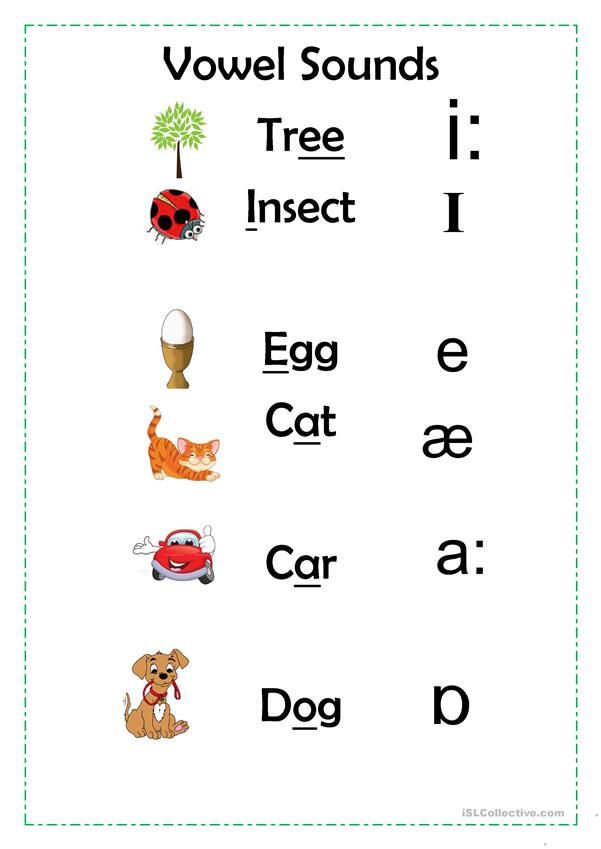 Pull out one, show the child and ask what kind of letter is written on it. If he answered correctly, the card goes to him, if incorrectly, it is returned to you. To make it easier for the baby, first show the letters in pairs (A, then Z, etc.), and then at random.
Pull out one, show the child and ask what kind of letter is written on it. If he answered correctly, the card goes to him, if incorrectly, it is returned to you. To make it easier for the baby, first show the letters in pairs (A, then Z, etc.), and then at random. - Draw or give a task a child to draw a house with ten windows - five in two rows. Write in each box of the first row the letters A, O, U, Y, E, and then ask the child to write in the boxes of the second row a pair for each letter. Then erase the letters and enter in the first row of boxes I, Yo, Yu, I, E and ask the baby to enter their pair in the second row. Then erase all the letters again and invite the child to enter all the pairs in both rows of boxes.
- Name words that begin with vowels, and ask the baby to name this sound (watermelon, donkey, snail, spinning top, apple, Christmas tree, blackberry, needle, exam). Then the child must come up with words that begin with each vowel sound.
 Invite him to name a word that starts with Y. After unsuccessful attempts to do this, explain that in Russian this letter never occurs at the beginning of a word. Name the words in which Y is in the middle (fish, lynx, skis) or at the end (teeth, mushrooms, mountains).
Invite him to name a word that starts with Y. After unsuccessful attempts to do this, explain that in Russian this letter never occurs at the beginning of a word. Name the words in which Y is in the middle (fish, lynx, skis) or at the end (teeth, mushrooms, mountains). - Find pictures of objects whose names have three letters, one of which is the vowel (cat, onion, cheese, crayfish, beetle, etc.). Ask the child to name the object shown in the picture, determine what vowel sound is in this word and where it is located (at the beginning, middle or end of the word).
- Take a pencil and write any vowel in the air. The kid must guess what exactly you wrote.
Magnetic letters will be a good help in learning. They are bright, multi-colored, they can be attached to any metal surfaces. The kid will be happy to play with them.
Play these games every day to be effective. If the child does not want to play at the moment, do not force him.